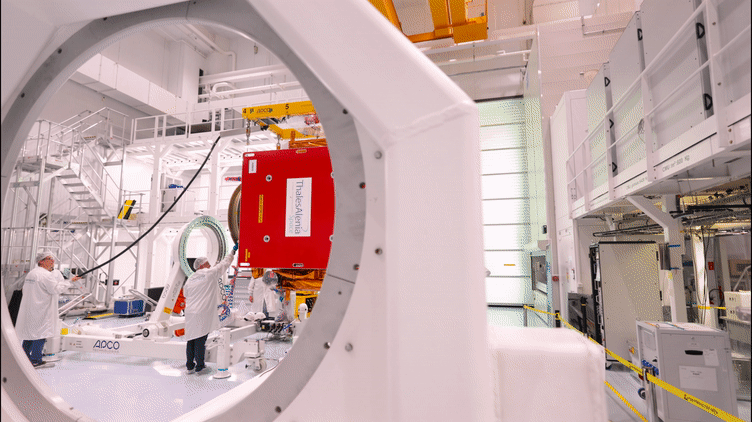Radar vision for Copernicus
Carrying advanced radar technology to provide an all-weather, day-and-night supply of imagery of Earth’s surface, the ambitious Sentinel-1 mission has not only raised the bar for spaceborne radar, but also set the stage for Copernicus – the Earth observation component of the European Union’s space programme.
The Sentinel-1 mission benefits numerous services. For example, services that relate to the monitoring of Arctic sea-ice extent, routine sea-ice mapping, surveillance of the marine environment, including oil-spill monitoring and ship detection for maritime security, monitoring land-surface for motion risks, mapping for forest, water and soil management and mapping to support humanitarian aid and crisis situations.
With the mission designed to work as a pair of satellites, Sentinel-1C will take Sentinel-1A’s place in orbit. Sentinel-1B, whose mission ended earlier this year, will eventually be replaced by Sentinel-1D.
At the forthcoming ESA Council at Ministerial Level in November, ESA seeks the next phase of funding for its Copernicus Space Component Programme. This programme will meet the needs of current and prospective users of Copernicus data and help accelerate advances in space data, science and technology.
This programme will enable the first satellites of the Sentinel Next Generation (Sentinel-1 NG) to be developed. The next generation will provide enhanced continuity of the current Sentinel-1 mission, and will provide data at a higher spatial resolution, full polarisation and a shorter revisit time, to meet observational needs over land, coastal, ice and maritime areas. Additional operational applications are ship detection and ocean current determination.
Simon Jutz, Head of the Copernicus Space Office, commented, “The next generation of Copernicus Sentinels will guarantee the continuity of the Copernicus Programme, bringing higher resolution data to its users and providing the scientific data that policymakers need in order to support shared EU strategic goals such as the Green Deal.”
ESA’s Director of Earth Observation Programmes, Simonetta Cheli, said, “With ESA’s Council at Ministerial Level taking place next month, we are pushing towards a greener, autonomous and innovative Europe.
The Copernicus programme, as the largest provider of Earth observation data, is fundamental to ESA’s Earth observation proposals and will only continue to become more important as the climate crisis takes a tighter hold.”



